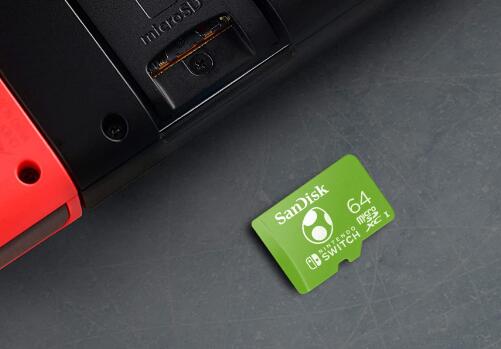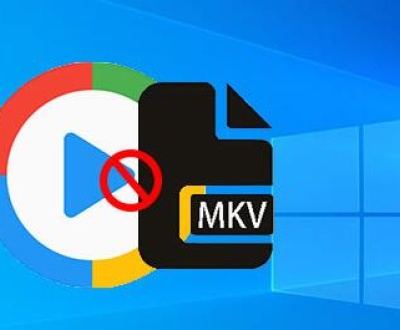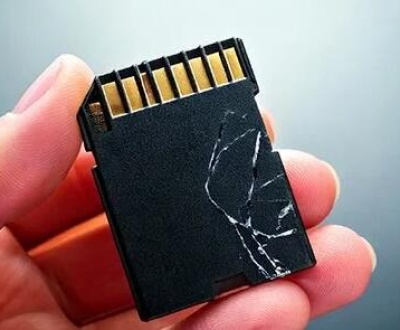Modding a Wii console can enhance its functionality, allowing users to play homebrew games, emulators, and access other features not available through the standard Nintendo Wii software. The use of an SD card in the Wii modding process is a common but not always essential component, depending on the specific type of modification and the methods used.
Types of Wii Mods
Softmodding
Softmodding is the process of using software exploits to modify the Wii’s system. In many softmodding scenarios, an SD card is crucial. For example, the LetterBomb exploit is a well – known softmodding method. To use this, you need to prepare an SD card with specific files. You download the LetterBomb file, which is a specially crafted save file, and place it on the SD card. Then, by accessing the Wii Message Board, the exploit is triggered, and it allows the installation of the Homebrew Channel. The SD card acts as the medium through which the exploit is delivered to the Wii system.

Another softmodding method might involve using a file called BootMii. BootMii can be installed using an SD card as well. It provides a backup and restore option for the Wii’s NAND (the internal flash memory that stores the Wii’s system software). The SD card is used to store the NAND backups, which can be invaluable in case of a system failure or if you want to revert to a previous state of the system after a failed modding attempt.
Hardmodding
Hardmodding involves physically modifying the Wii’s hardware. In some hardmodding cases, an SD card may not be directly necessary for the modification process itself. For instance, if you are installing a modchip to bypass the Wii’s security and run copied games, the modchip installation usually doesn’t rely on an SD card during the installation phase. However, after the hardmod is complete, an SD card can still be useful. For example, to load custom firmware or homebrew applications that work in conjunction with the modchip, the SD card can serve as a storage and transfer medium.
The Function of SD Cards in Modded Wii
Storage of Homebrew Applications and Games
Once the Wii is modded, the SD card becomes a convenient storage device for homebrew games and applications. Homebrew games range from simple 2D platformers to more complex emulators that can run games from other consoles like the Super Nintendo Entertainment System (SNES) or the Sega Genesis. These homebrew applications and games can be stored on the SD card and launched through the Homebrew Channel installed on the Wii. The size of the SD card determines how many games and applications you can store. For example, a standard 2GB SD card can hold a decent number of smaller homebrew games, while a 32GB SD card can store a much larger library, including larger – sized emulators and their associated game ROMs.
Some homebrew applications also require additional files to be stored on the SD card. For example, emulator applications often need BIOS files (basic input/output system for the emulated console) to function properly. These BIOS files are usually stored on the SD card along with the emulator executable.
Transferring Files between Devices
The SD card allows users to transfer files between the Wii and a computer. This is useful for adding new homebrew games or applications to the Wii. Users can download homebrew software from the internet onto their computer and then transfer it to the SD card. After that, they can insert the SD card into the Wii and install or run the software through the appropriate channels. It also enables users to back up their save files from homebrew games. These save files can be transferred to the computer for safekeeping and then restored to the Wii later if needed.
Alternatives to SD Cards in Wii Modding
USB Drives
USB drives can sometimes be used as an alternative to SD cards in a modded Wii. The Wii can be configured to recognize and boot from USB storage devices. Some users prefer USB drives because they usually have larger storage capacities than SD cards. For example, a 1TB USB drive can store a vast library of homebrew games, emulators, and other software. However, setting up the Wii to use USB drives may require additional software or configuration steps. You may need to install specific USB loaders, such as USB Loader GX, which can handle the process of reading and launching games and applications from the USB drive.
One drawback of using USB drives is that they may not be as convenient as SD cards in terms of portability. SD cards are smaller and can be easily inserted and removed from the Wii, while USB drives may have a larger form factor and may not fit as snugly into the Wii’s ports.
Network – Based Storage
In some advanced modding setups, network – based storage can be used. This involves setting up a network connection between the Wii and a network – attached storage (NAS) device or a computer sharing its storage over a network. The advantage of this method is that it allows for centralized storage of a large number of games and applications. Multiple Wii consoles can access the same network – based storage, making it easier to manage and distribute software. However, this requires a more complex setup, including a stable network connection and proper configuration of the Wii to access the network storage. It also may have slower access times compared to using a local SD card or USB drive, depending on the network speed and congestion.
The need for an SD card to mod a Wii depends on the type of modding you are doing and the specific requirements of the applications and games you want to run. In softmodding, an SD card is often essential for delivering the initial exploits and for storing important system backups. In hardmodding, it may not be required during the physical modification but becomes useful for running software in conjunction with the mod. While there are alternatives to SD cards such as USB drives and network – based storage, each has its own advantages and disadvantages. SD cards remain a popular and convenient choice for many Wii modders due to their relatively small size, ease of use, and wide compatibility with Wii modding software and applications.
About us and this blog
Panda Assistant is built on the latest data recovery algorithms, ensuring that no file is too damaged, too lost, or too corrupted to be recovered.
Request a free quote
We believe that data recovery shouldn’t be a daunting task. That’s why we’ve designed Panda Assistant to be as easy to use as it is powerful. With a few clicks, you can initiate a scan, preview recoverable files, and restore your data all within a matter of minutes.
Subscribe to our newsletter!
More from our blog
See all postsRecent Posts
- How to search folder in file explorer 2025-05-09
- How to search for duplicates in file explorer 2025-05-09
- Finder search not finding files 2025-05-09

 Try lt Free
Try lt Free Recovery success rate of up to
Recovery success rate of up to









